8 unmissable computing highlights from MWC 2016
Step away from the phones – PC hardware is where it's at
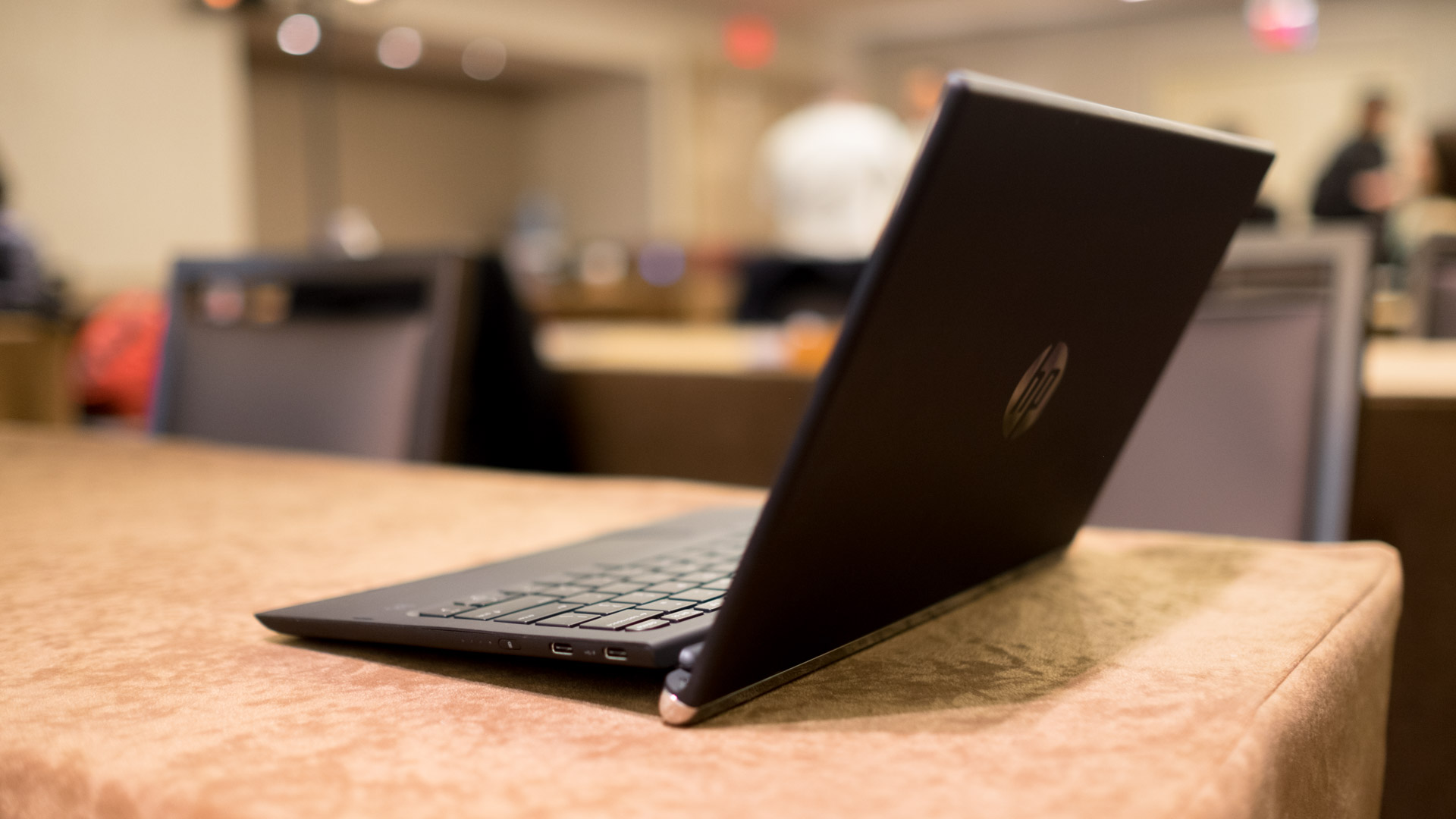
Introduction
MWC is the best convention in the world if you're into smartphones. As it turns out, Barcelona's tech-fest is also a grand time if you're not into smartphones, partly thanks to a bunch of nifty computing products hitting the show floor this year.
So, come on: put down that phablet, grab a mouse and check out the most killer computing products to emerge from MWC 2016.
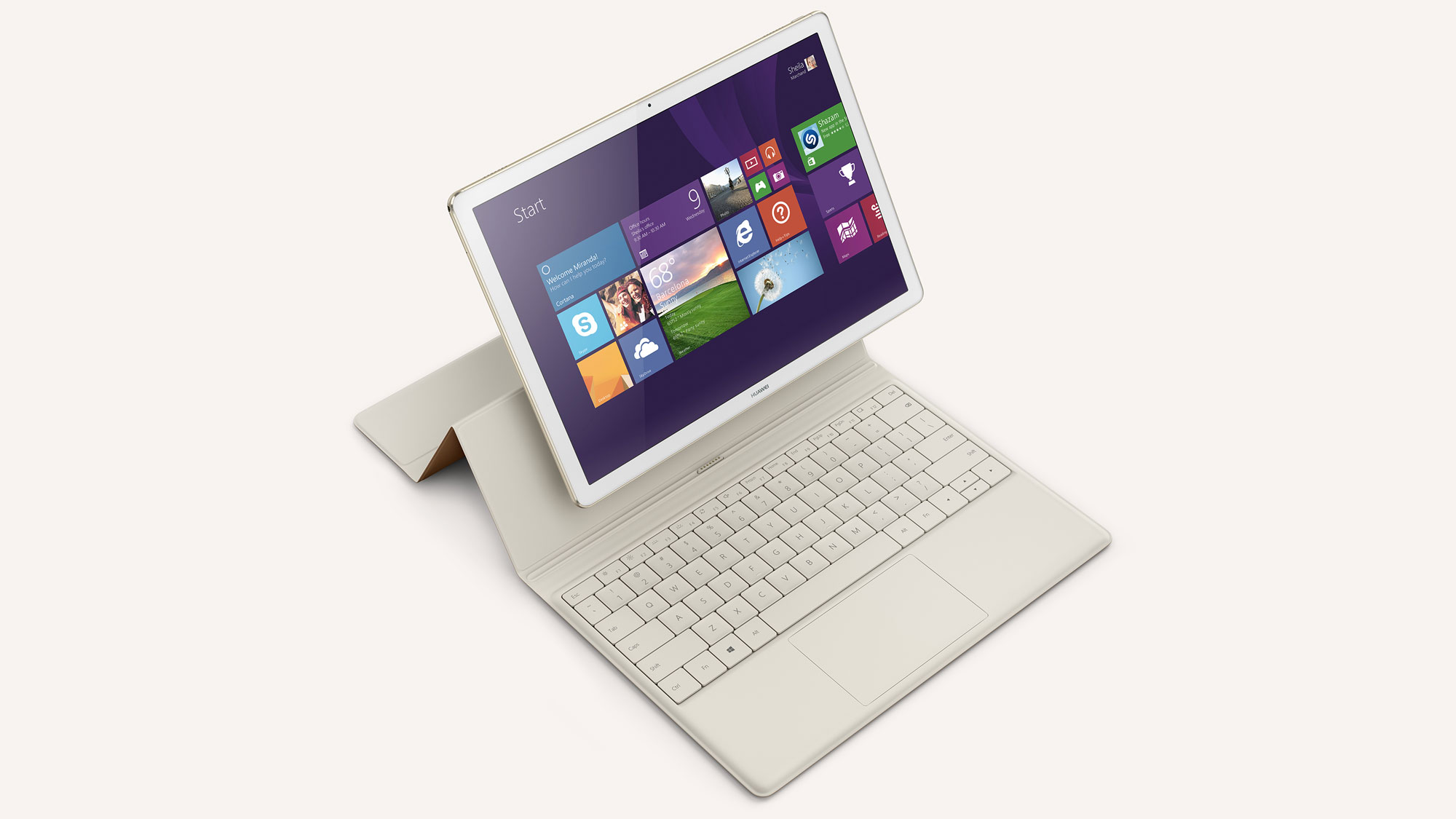
1. Huawei Matebook
Huawei? Launching a Windows convertible? More like, "No way!" It's true: the Chinese smartphone giant has made its first Windows 2-in-1, and it's looking rather lovely.
Featuring a raft of future-gazing tech, such as a USB Type-C port, fingerprint reader, QHD-resolution display and digital stylus packing 2,048 levels of pressure sensitivity AND an eraser, the Matebook has enough going for it to give Microsoft's Surface Book a run for its money.
The Matebook's Core M processor makes it a closer competitor to Microsoft's cheapest Surface Pro 4, and once you've ogled its smartphone-thin chassis, you might be prepared to accept a little less power under the hood.
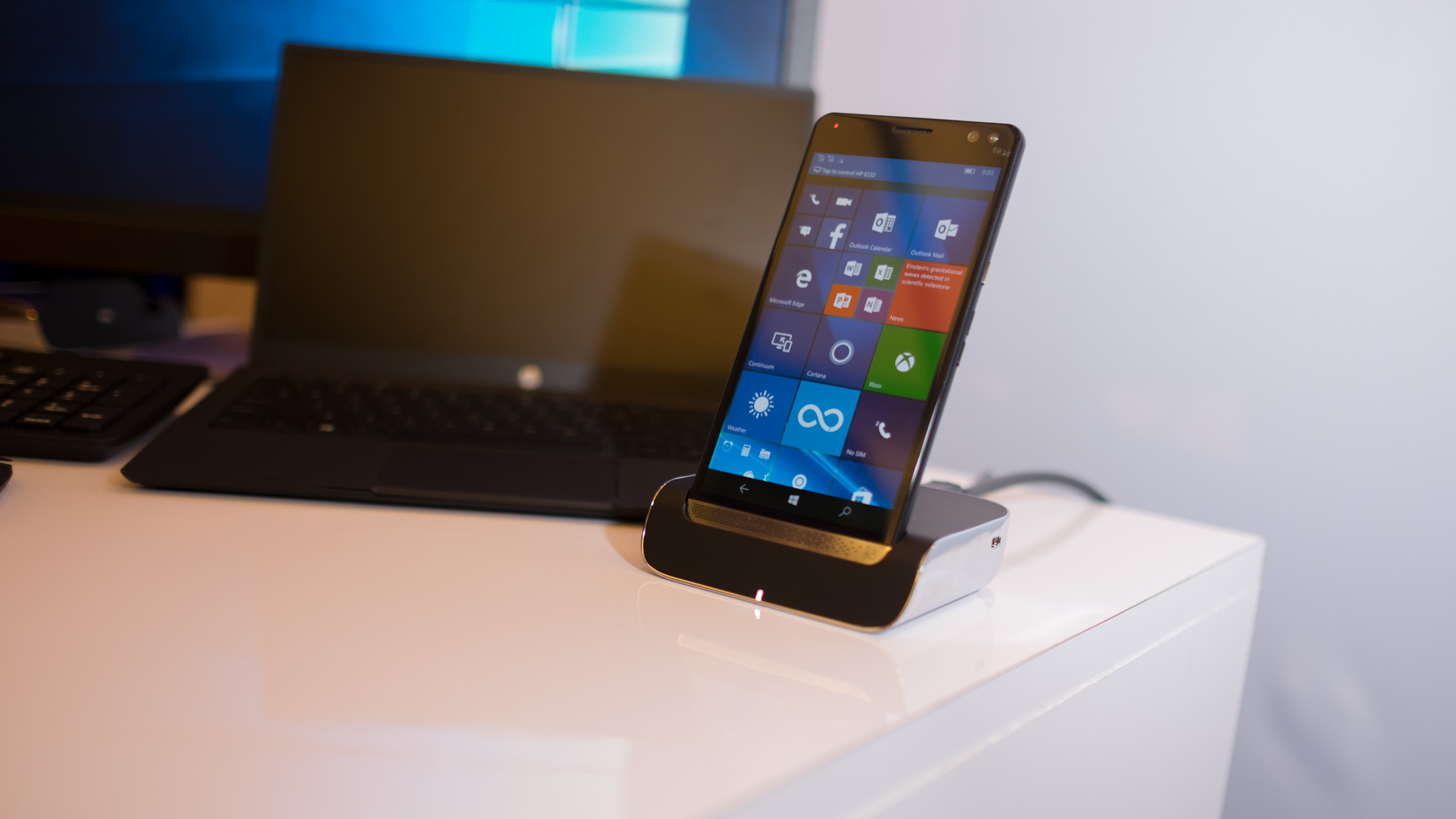
2. HP Elite x3
With Windows 10, Microsoft wants your phone to act as your PC. HP is putting its own on spin on the concept with its Elite x3, a phablet-sized Windows phone with a 5.96-inch display.
Like Microsoft's Lumia 950 and 950XL, you can hook it up to a monitor along with peripherals to get a desktop-like experience. However, HP is also offering the massive handset with a 12.5-inch laptop called the Mobile Extender.
The x3 connects to the peripheral using WiGi and Miracast wireless tech to display the Windows desktop on its 1,920 x 1,080-pixel display. It's bound to be a more affordable way of using Windows on the go than buying a separate laptop, and we're keen to find out if it'll offer any benefit in terms of battery life.
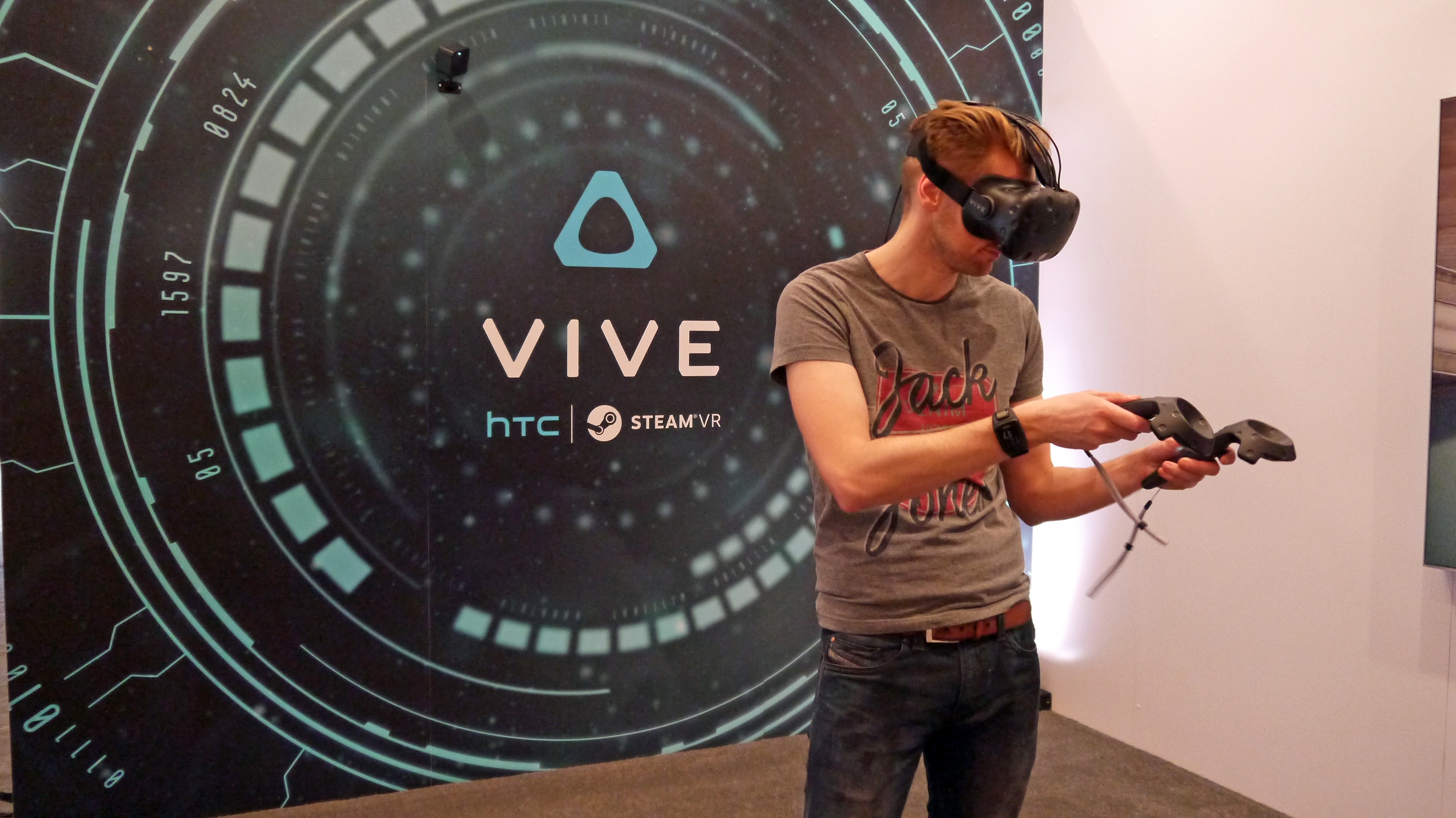
3. HTC Vive
If you've been tuning in to virtual reality, you're already familiar with the HTC Vive. This year's MWC finally saw the headset's price tag revealed, and it'll set you back a cool $799 (around £550, AUS$1,115).
Orders start February 29, with shipping to start on April 1. HTC also told us about one of the Vive's newest features, Vive Phone Services, which lets you make and receive calls using the headset's built-in microphone.
The service also lets you send messages and check calendar updates through the headset, removing the need to take your smartphone out of your pocket when it goes off. The announcement leaves just one question for high-end VR enthusiasts: Oculus, Vive or hold out for Playstation VR?
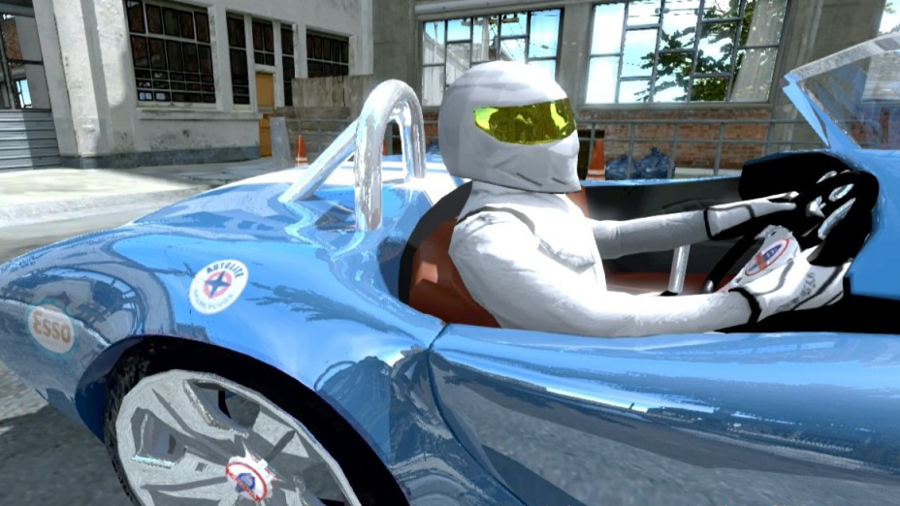
4. Imagination PowerVR GR65000 GPU
Processor maker Imagination thinks you deserve a better gaming experience on your smartphone than what you have today. The company reckons it can deliver one through its new PowerVR GR6500 GPU, a chip small enough to slip into mobile devices.
Imagination has been talking up the chip's capabilities in Barcelona, and it's all down to a programming trick called ray tracing. By using it, reflections, shadows, lighting and other visual tricks are rendered on-the-fly, removing the need for programmers to spend time baking them into games manually.
The result is gorgeous-looking games running on smaller devices such as smartphones and tablets, giving you one fewer reason to get your gaming fix from a console or PC. How the times are a changin'.
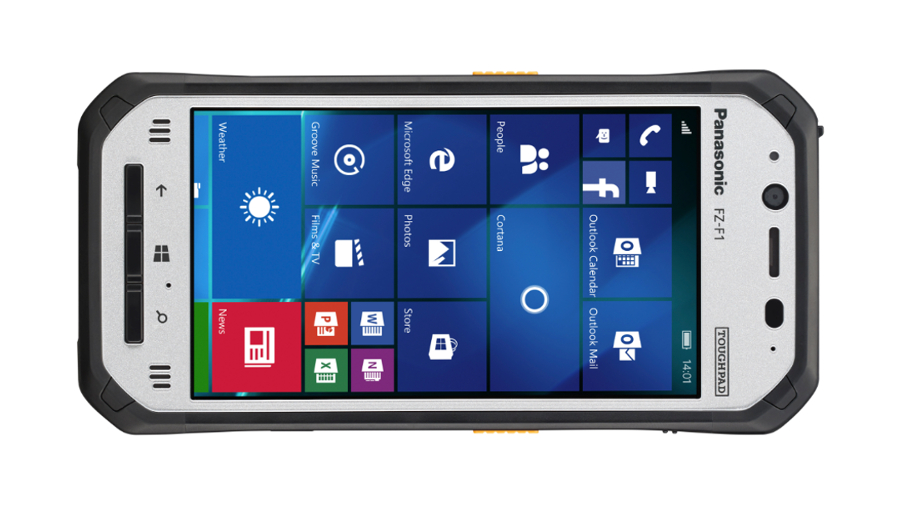
5. Panasonic FZ-F1
It's tiny – it's a tablet! And it's also hard as a rock, so don't call the Toughpad FZ-F1 any names. Panasonic's 4.7-inch device is designed to be a highly portable (and practically indestructible) Windows 10 tablet used for business.
Weighing less than 280 grams, Panasonic is aiming the device at couriers and warehouse operators (thanks to its barcode scanning capabilities), in addition to workers in retail and manufacturing, and the emergency services. It's something of a Skype warrior, too, thanks to three onboard microphones that pack noise suppression tech. Its connectivity options include a micro USB port, micro SD card slot and dual micro SIM slots.
It's not the most conventional choice, but if you need a small, robust and durable tablet for using outdoors, there's nothing stopping you using the FZ-F1 outside of business environments too. Just don't expect it to come cheap.
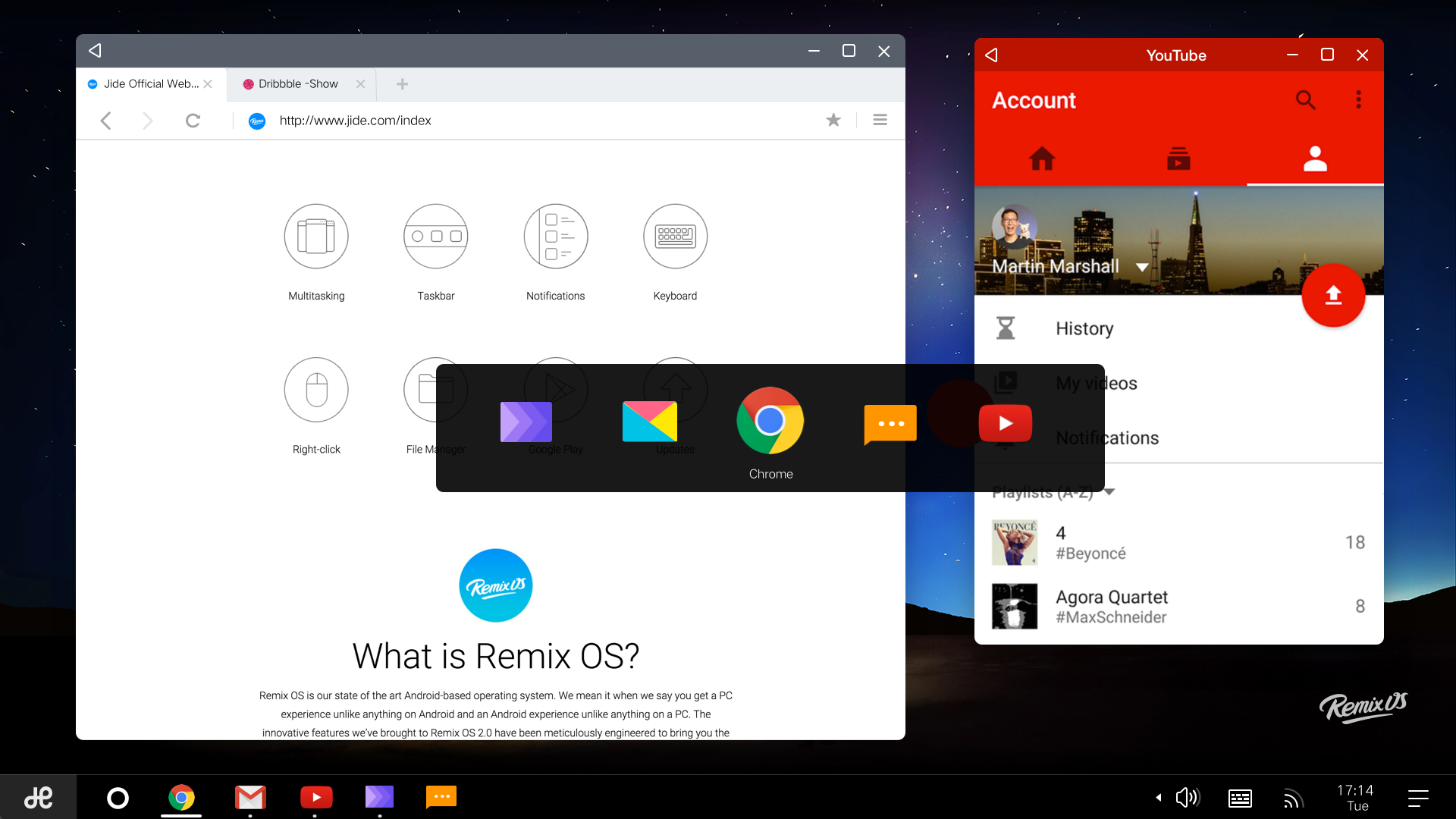
6. Remix OS Beta
Android is arguably one of the best operating systems for consuming media, but it's not so hot when it comes to content creation and being productive.
Remix OS looks to change that by introducing features such as multiple floating windows, a file manager and 32-bit system support - and it lets you use your existing keyboard and mouse. Google's Play Store isn't short on productivity apps - from Microsoft Word to Photoshop Express - and Remix OS could give them a new lease of life.
Announced at MWC, the Beta version is set to race out of the traps on March 1 with support for over-the-air updates. Suddenly I'm looking at Google's Pixel C in a whole new light…
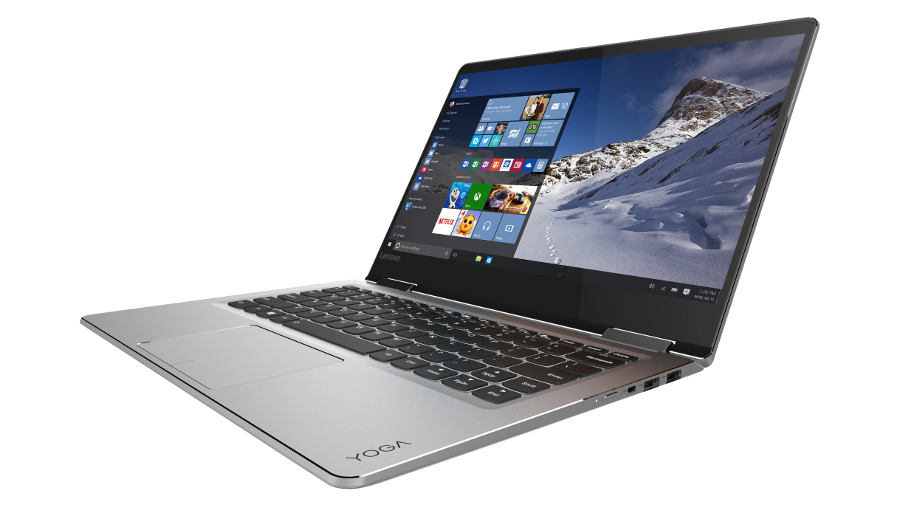
7. Lenovo Yoga 710
Lenovo used MWC to debut two new convertibles: the Yoga 510 and the Yoga 710. Touted as a capable performer that won't break the bank, the latter appears to do a bit of everything thanks to its Skylake Core i7 CPU, 256GB SSD and Nvidia 940M.
That's certainly enough power to chug through lesser demanding games at the display's native 1080p resolution, and you can play with the keyboard tucked away thanks to the Yoga 710's rotating hinge.
Lenovo reckons the hinge's new antenna gives it a 20% stronger Wi-Fi connection than on the Yoga 700, so you'll be able to blast Spotify tunes from its Dolby Audio Premium speakers further from the router.
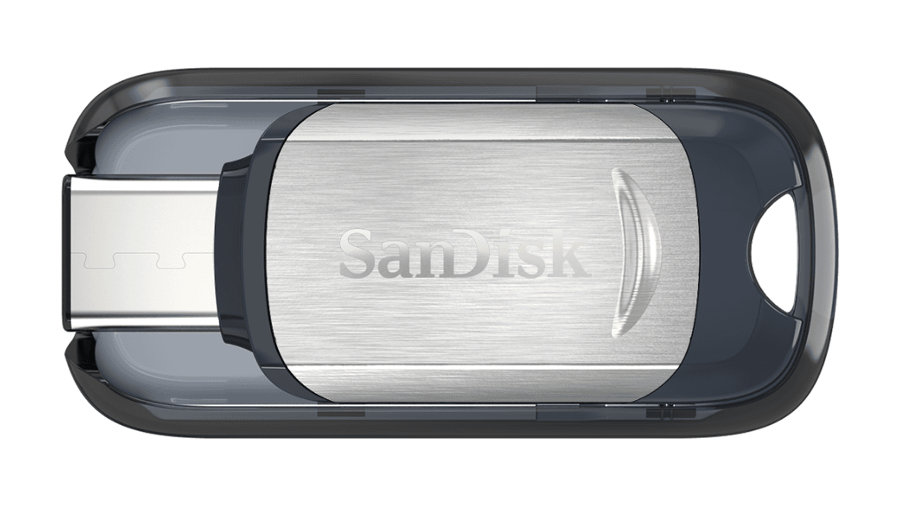
8. Sandisk Ultra USB Type-C Flash Drive
Anything that's referred to as 'the port of the future' has to be hot stuff, and USB-C is looking more promising by the day.
One of its overlooked features is the ability to transfer data from smartphones to laptops (and any other USB-C equipped device) using a USB Type-C Flash Drive. Unveiled at MWC, the SanDisk Ultra USB Type-C Flash Drive features a reversible USB-C connector (so no more jamming it in the wrong way) that can connect to devices such as the Dell XPS 15 and Google Nexus 6P.
Available in sizes ranging from 16GB to 128GB, it can transfer data at USB 3.1 speeds of up to 150MB/s, meaning you can quickly back up your phone's photos and videos to a laptop (or USB-C-equipped external hard drive) without having to rely on a dodgy internet or home Wi-Fi connection.
